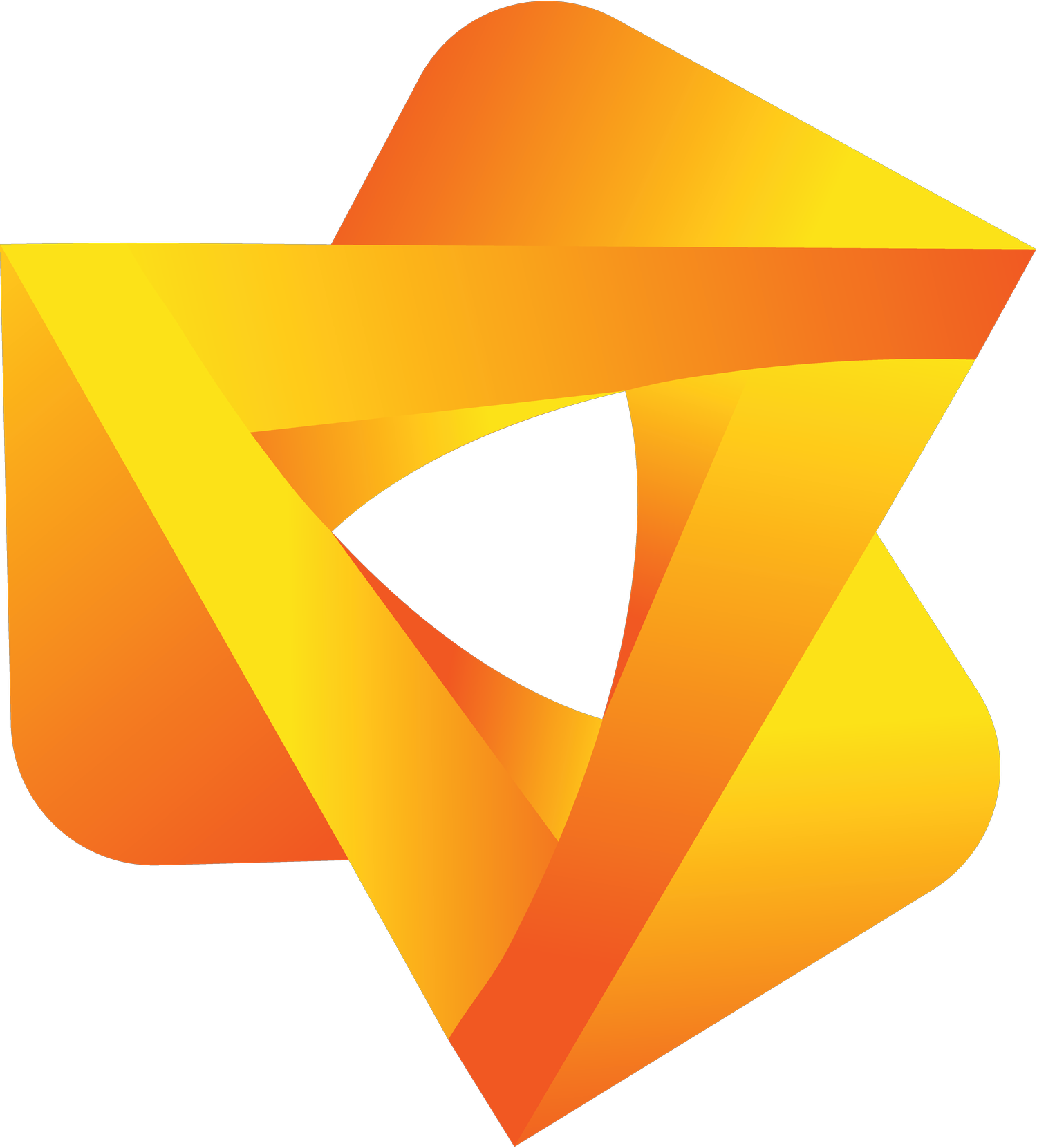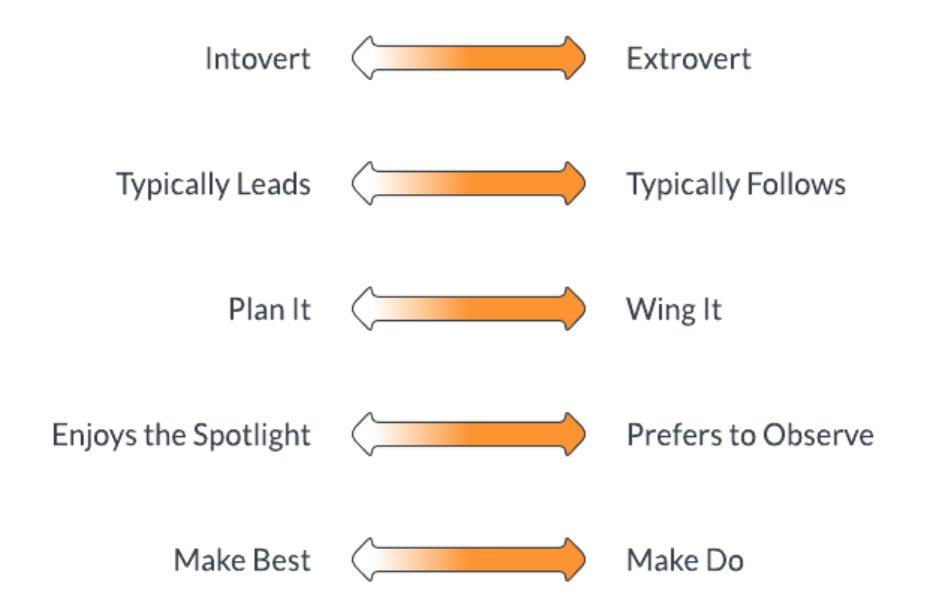How to Maximise Your Salesforce Training Impact
For some tech-savvy Salesforce colleagues, training others is one of the favourite parts of their role - guiding others, seeing things click, and having all eyes on them. For others, the notion of training someone raises a resolute sigh. It’s just not everybody’s thing - some prefer to work alone, some might have a more reserved personality, a preference for more controllable environments, or maybe just not enjoying it! Love it or hate it though, the indisputable fact is that training others seeps into many aspects of Salesforce roles.
So, if you want a quick 101 on how anyone can become an excellent Salesforce trainer, you’re in the right place. Here are our top ten tips to get you started
Know Yourself
There is no one good “trainer personality” though certain traits can make certain situations easier. So, knowing yourself and your tendencies can help to ensure a successful learning outcome for your audience. We’re all on multiple spectrums, which can impact how we feel about training others and our approach to it.
Look at the scales below and imagine where you sit on each. Keep these in mind - how your tendency can help you, and when you need to mitigate it - as you read through the other tips.
Shift the Focus
This might come as news to the extroverts, but to really succeed in training others, you need to shift the focus off you. Think of yourself as less of a trainer and more of a learning facilitator.
The star of the show is the learning!
You are there to help that happen. This one fact means that whatever your personality type or preference - whether you’re an all-singing-all-dancing performer or a quiet observer - you can become excellent at making learning happen on your watch.
Define Success
This is something that many gloss over, but it is the single most important part of any learning experience. What are the learning objectives? What should the learner be able to do or know by the end of this piece of learning? For context, look at any Trailhead module, and you’ll see it lists this upfront. To create your own definitions of success, you will generally want no more than three objectives for a discrete piece of learning. Examples might be “Be able to create and save a list view using filters” or “Know how to reset a password for an individual user”. Make them short, snappy, and checkable.
Know your audience and context
Are you training a group? Are you guiding someone one-on-one? Is it virtual? Is it in an office? Is this topic completely new to them? Knowing the context you are facilitating is crucial to its success. Training a virtual group differs from guiding someone as you sit next to them. Activities that work one-on-one may not work so well as a group, and vice versa. If you know your learner/s well think about their preferences, aptitudes, personalities, and styles of learning.
Give it context
When it comes to learning, people want to know what the point is. You might have experienced a class at school where you thought “But what’s the point? I’ll never use this in real life!’ Everyone wants to know the ‘why’ so that they are invested in the process. Think of your learners as collaborators rather than recipients, and ground all the learning in a context that your learners understand. Get them to drive their own learning by understanding the value of the training you’re giving and how it applies to their specific role.
Training a Sales Team on reports? Root it in their real pain points, and use real/realistic data. If your ‘why’ can be sold as a solution to issues they deal with, then the engagement will naturally be higher.
Plan the session
Now, you need to think about the actual content of your session. Firstly, consider your own style and personality in conjunction with the context and audience you are training. Both parts are important to success, so make it work for you. If you don’t want all eyes on you at all times, plan accordingly! If you love being upfront, make the most of it! If you typically follow rather than lead, then think about how you will exert your leadership in this situation.
Keep in mind the learning objectives you have defined and now, plan the activities that will get the learners to meet the goal. You’ve probably heard of an old adage to help us here: "Tell me, and I'll forget. Show me, and I may remember. Involve me, and I'll understand." Take a moment to think back to the last new thing you learned in Salesforce, and you’ll undoubtedly remember the magic was in the ‘doing’. Get your users involved, and their learning will skyrocket.
A tried and tested formula is Demo + Practice, but it doesn’t have to be the only way; there’s a wealth of activities you can do. For example:
Find the mistake. You can switch up the learning by asking the learners to correct your process/demo/piece of work when they have some understanding of it
Voting activities. Voting works particularly well in larger groups to ensure you are getting responses from everyone. It can be as simple as hands raised, to online tools, to moving around a room
Train each other. This can be used to embed the learning once there is some understanding of it
Utilise Trailhead. What better way to get learners to practice than badges and trails that have been expertly created for them
Treasure hunt activities. Send your learners on a hunt to be the first one to find the amount of the “ABC Opportunity” or the number of Leads from London for example.
Choose Your Own Adventure. Learners choose the next step in your demo and see if it leads to success or failure
Pre-recorded videos. Pre-recorded videos can sometimes work well to enable the trainer to focus on supporting the learning
And so many more!
Practice demonstrations
There is magic in a well-done demonstration, and in the context of training Salesforce, they are pretty fundamental. So, if your training involves demonstrating a feature, we say practice, practice, and practice again! Run through every step several times, and prepare anything that can be done beforehand. In our experience, we typically have all our records prepared and various tabs open and ready. We don’t readily deviate from our demo plan.
Plan for failure
If you are firmly on the ‘Wing It’ side of the above spectrum, you may find that planning the details of the session is less important to you. You probably have a higher tolerance for rolling with things, which is invaluable when unexpected things happen. We’d suggest though, that for everyone, planning really is crucial here to make the most of the learning opportunity for your participants.
Another old adage says ‘Never work with children, animals or computers’. Okay, we made the last one up! But you need to know that when training others in tech, something will likely go wrong. So plan for this! Have everything ready - data, demos, clicks, and practice thoroughly. If your training is higher profile, plan for what you will do if your screen crashes or your automation doesn’t work. Planning can mitigate most things, so being prepared becomes your best training technique!
If you make a mistake, just own it. You could even troubleshoot it with your learner as this can increase the learning that takes place in this space. Remember, the learning is the star of the show and even mistakes can help that happen!
Check for and measure success
How will you know that your training has been successful? Not because it went without a glitch or they laughed at your jokes. Let’s go back to the earlier point where you defined success. It’s only by checking for success against your learning objectives! Earlier, we mentioned training the Sales Team about reports. Some examples of checking for success could be:
Each learner adds their report to a shared folder
Each learner articulates the steps to create a report
You’ve watched them do it
A quiz
Learners self-assessing themselves against the learning objective
An activity from the activity list in point 6
And so many more!
Your session is finished! You can nearly relax. There’s just one final tip…
Don’t Forget to Reflect
All the best trainers regularly reflect on ‘what went well’ and ‘even better if’ so that next time the learning experience will be even better! Gather your own thoughts, note them down, and store them with your training materials. If your training is for a group then you should always plan to distribute a survey to your learners during the session, or soon after to get their feedback on their experience. An example of some good questions for this is here.
To conclude, use these tips to accelerate your success as a trainer of Salesforce regardless of your experience or preference for training!
In our case, we love training others at Drivechain. So, if we can help you get the most out of Salesforce for your teams, then please send us a message.




